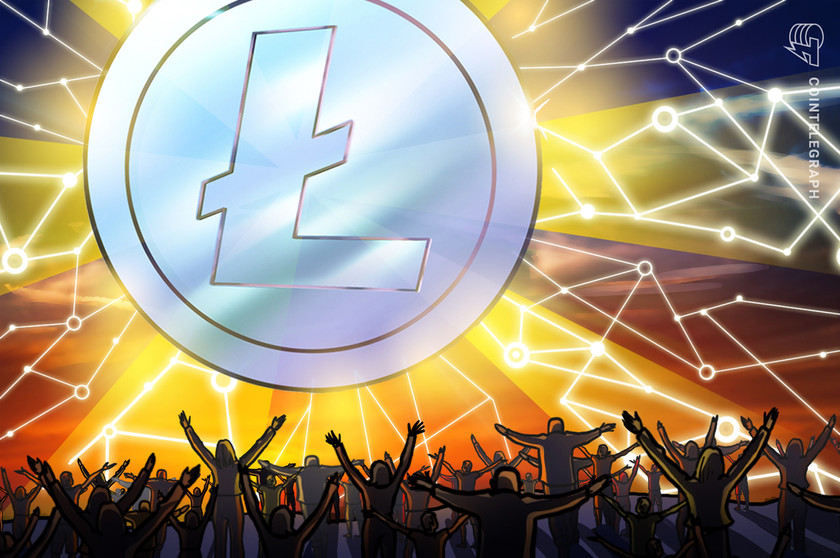Litecoin (LTC), known as “the silver to Bitcoin’s gold,” has been around for almost 11 years — which is quite a feat considering a fair amount of cryptocurrencies go bust within 12 months of launching. Cointelegraph spoke with the Litecoin Foundation’s managing director, Alan Austin, about why he thinks Litecoin’s core utility is serving as a reliable means of payment.
As told by Austin, much of his vision for Litecoin is drawn from personal experience:
“When I finished grad school, I worked with startup technology companies and real estate. And one of the things I did was managing accounts for firms like Bank of America and Fannie Mae, and it was surprising to see how old their technology was and how difficult it was to get stuff done.”
After the 2008 financial crisis, Austin began losing faith in the traditional financial system. “Seeing how the big banks set different standards for everyone at their discretion when it comes to access to money, and how now they were the ones getting bailed out, it made me really appreciate what blockchain technology was trying to do,” he told Cointelegraph.
Austin explained that Litecoin was created with many features and attributes similar to Bitcoin (BTC). “For starters, it’s decentralized, and there were no pre-mine tokens given to founders, making it a fair launch. It also has a limited supply, is highly liquid and has very low fees. Moreover, the blockchain has been online for 11 years without downtime.” According to Austin, the Litecoin development team primarily focuses on three efforts: onboarding business partnerships, merchants and outreach for the Litecoin Card debit card.
“When you use stablecoins to pay for goods, in reality, all you’re doing is using a digital version of fiat money. Cryptocurrencies are volatile, but no middlemen are taking a hefty commission or scrutinizing your transactions.”
With the launch of Litecoin’s new privacy layer, Austin said that the coin has become more user-friendly for those keen on protecting their data. “It offers fungibility,” he said. “When you go to pay with a credit card or hard cash, the merchant doesn’t know how much cash you’ve got in your pocket, nor your bank account. But, say, if you pay with Bitcoin, everyone can see that transaction and your wallet balance on the blockchain.” Austin explains that the new privacy layer on top of Litecoin solves the problem. “We are allowing users to hide their address and balance…
Click Here to Read the Full Original Article at Cointelegraph.com News…
























